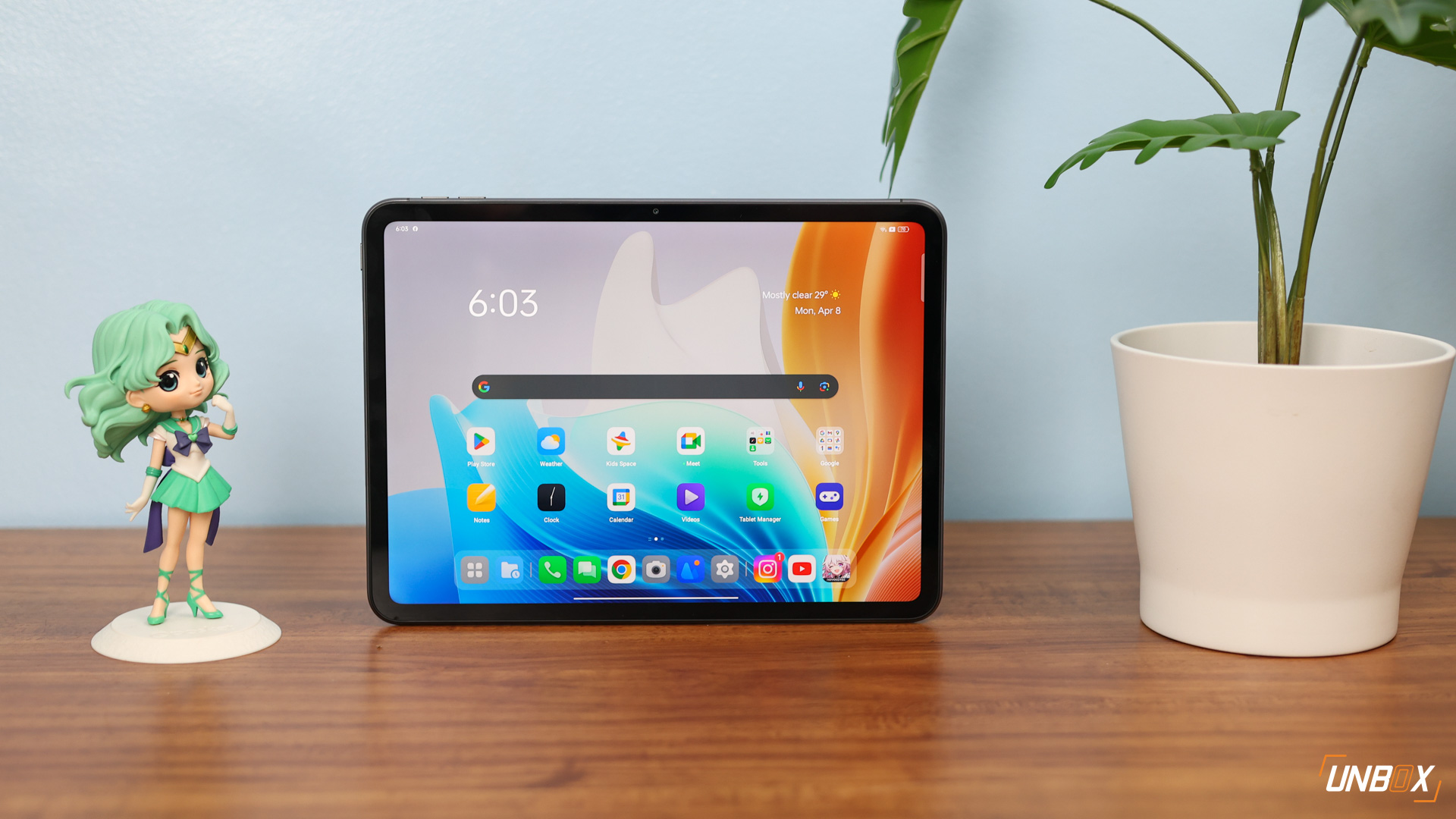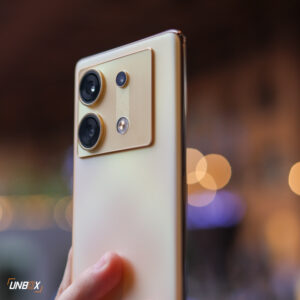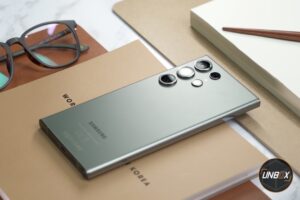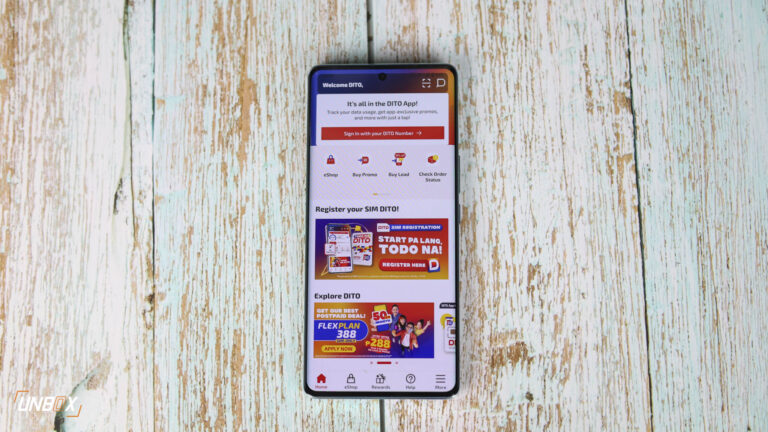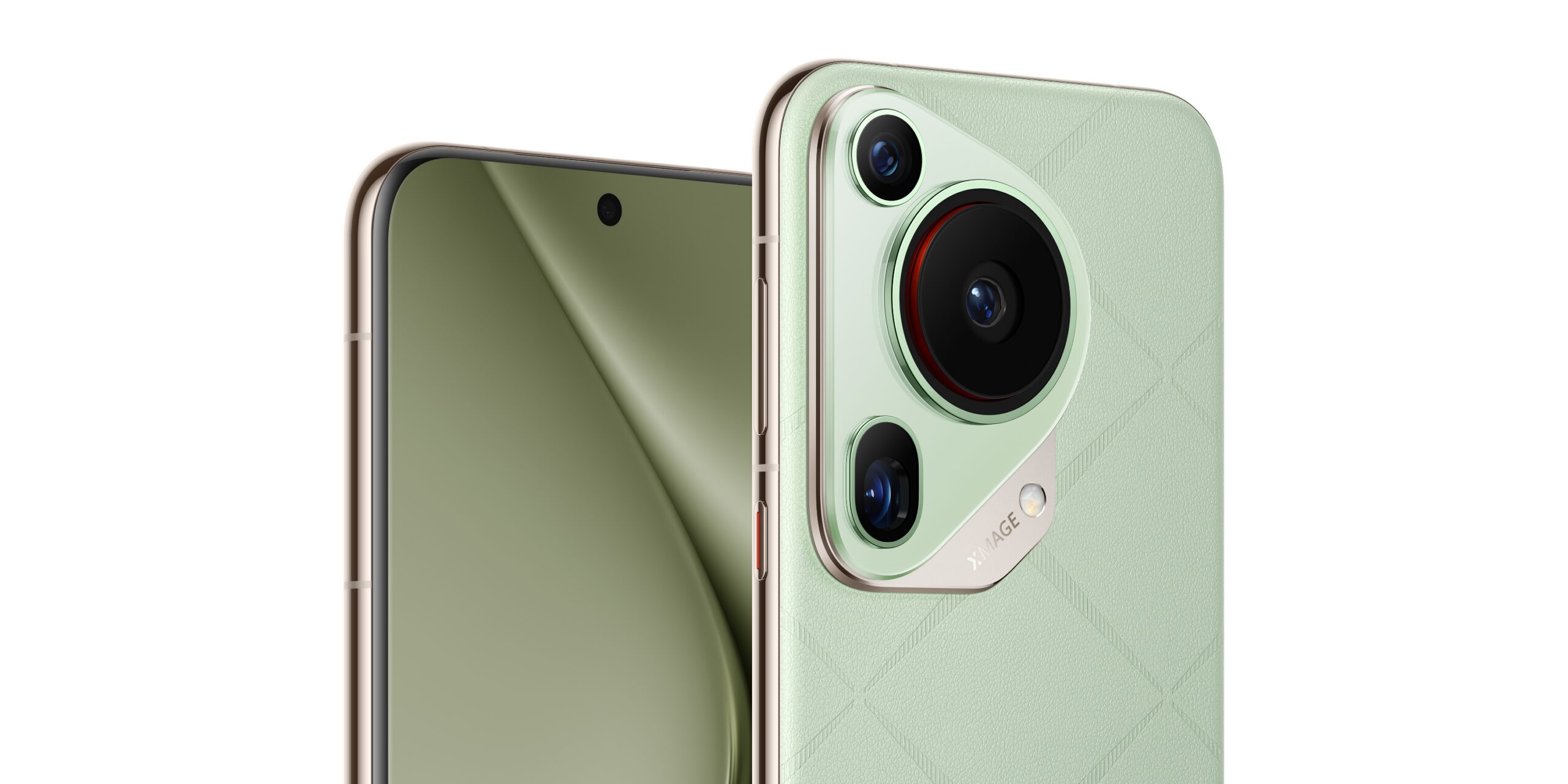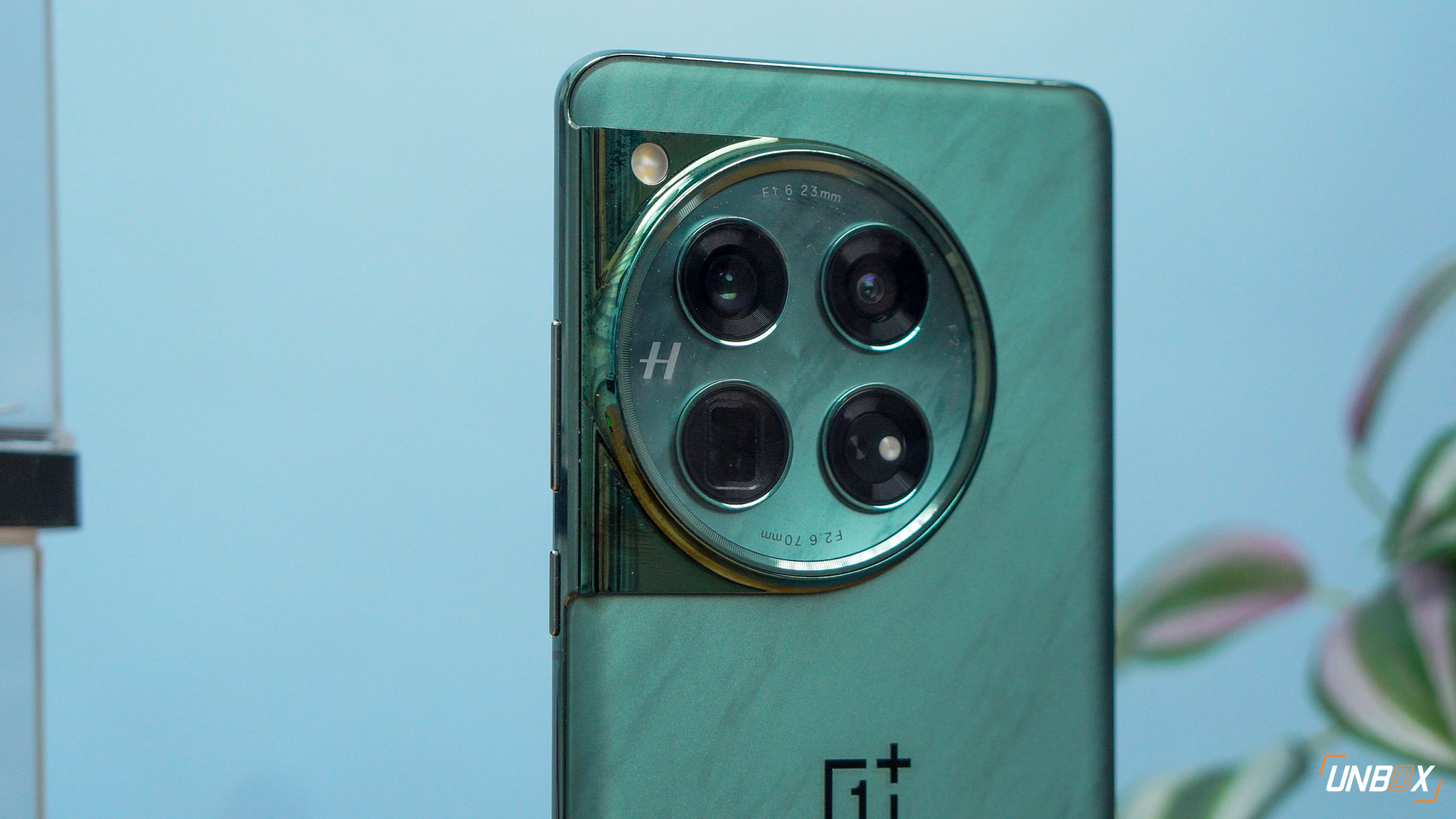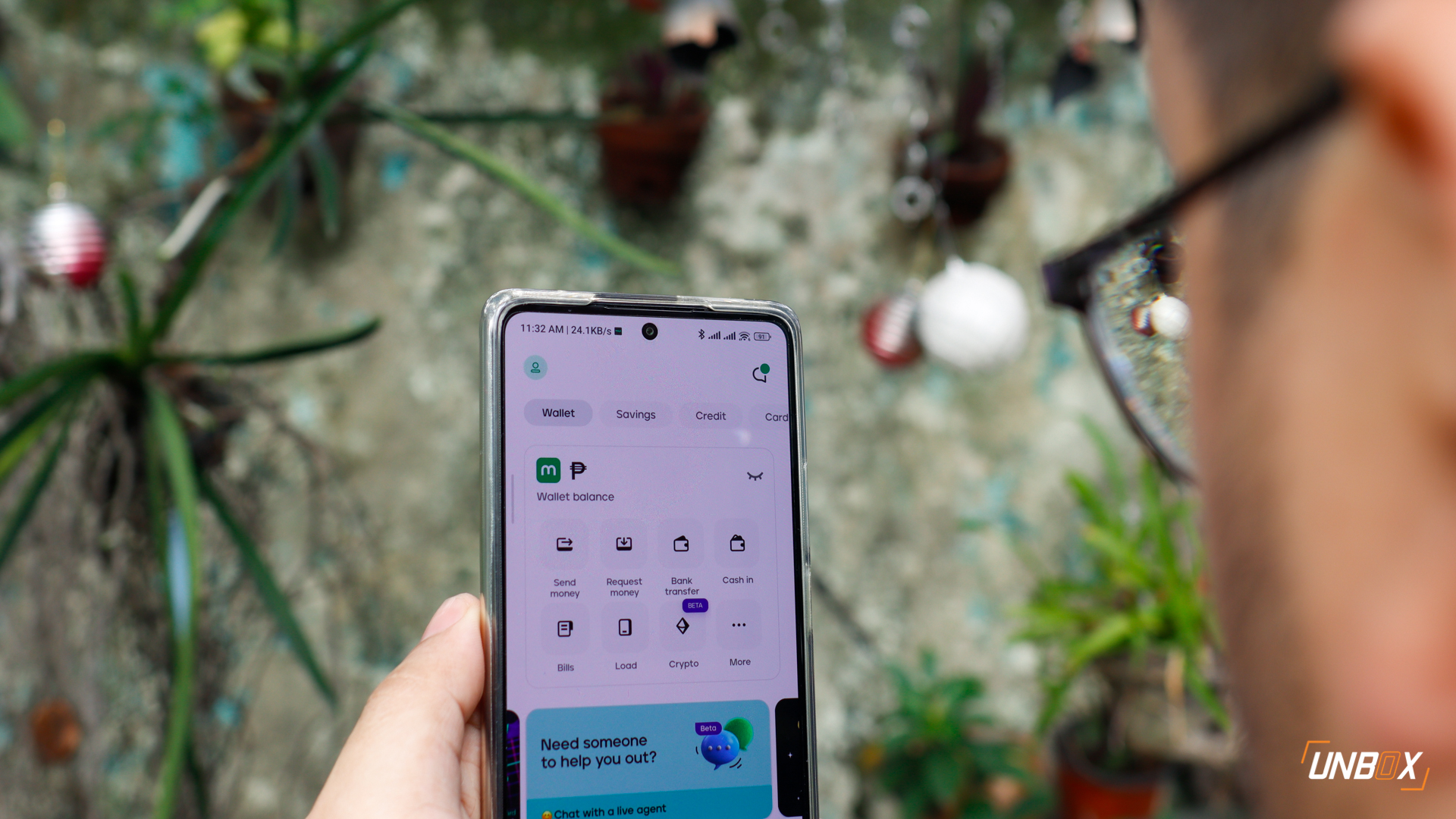
A brand new start for Sony
Sony’s mobile arm has always struggled to find widespread success in the market. It’s been a difficult road for the company, and while their previous flagships were solid offerings, they certainly looked dated beside their contemporaries that had all-glass backs, and more importantly, 18:9 displays.
A change had to happen, and that’s exactly what happened with the Xperia XZ2 and XZ2 Compact. The two new phone are Sony’s most powerful yet, and signal a change in the company’s design language away from their vaunted OmniBalance design.
Sony Xperia XZ2 specs
- Qualcomm Snapdragon 845 processor
- Adreno 630 GPU
- 4GB of RAM
- 5.7-inch Full HD+ HDR Triluminos Display, Gorilla Glass 5
- 64GB of expandable storage
- 4G, LTE
- Dual SIM
- 19-megapixel f/2.0 MotionEye rear camera with EIS, PDAF, Laser AF, LED flash, 4K HDR recording
- 5-megapixel f/2.2 Wide-angle front camera with EIS
- WiFi, Bluetooth, NFC
- GPS, A-GPS, GLONASS
- Fingerprint scanner, USB Type-C, Wireless Charging, IP68 rating, Hi-Res Audio
- 3180mAh Battery with quick charging
- Android 8.0 Oreo
Sony Xperia XZ2 Compact specs
- Qualcomm Snapdragon 845 processor
- Adreno 630 GPU
- 4GB of RAM
- 5.0-inch Full HD+ HDR Triluminos Display, Gorilla Glass 5
- 64 GB of expandable storage
- 4G, LTE
- Dual SIM
- 19-megapixel f/2.0 MotionEye rear camera with EIS, PDAF, Laser AF, LED flash, 4K HDR recording
- 5-megapixel f/2.2 Wide-angle front camera with EIS
- WiFi, Bluetooth, NFC
- GPS, A-GPS, GLONASS
- Fingerprint scanner, USB Type-C, Wireless Charging, IP68 rating, Hi-Res Audio
- 2870mAh Battery with quick charging
- Android 8.0 Oreo

Initial impressions: A pleasant, if not unexpected change from Sony
We’ve been saddled with Sony’s OmniBalance design philosophy for what seems like forever, and while we like what the company is trying to achieve when it came to the designs of their phones.

As quaint as OmniBalance is, recent design trends have shown that it no longer has a place in the market. It had to go, and Sony’s finally caved in and chucked the old for the new.

Instead of monolithic, sharp corners we now get a phone with curved sides and thin bottom and top bezels. Both phones now have 18:9 panels, with the Xperia XZ2 sporting a 5.7-inch full HD+ HDR display, while the smaller flagship gets a 5-inch full HD+ panel.

It’s a little odd though that Sony went with full HD screens instead of the more common QHD (or even 4K) panel that its competitors offer, but battery life may have been a consideraion.

While Sony may have gone with an 18:9 display, they certainly haven’t trimmed the side bezels of the two phones down compared to the competition. We suppose we should be glad that Sony ditched their old design aesthetic in favor of the new one. As they say, baby steps.

We did lose something in the pursuit of that 18:9 display: the headphone jack. Yes, for some reason Sony thought it important to remove the 3.5mm jack on both phones, which is weird, since both phones are thick enough to house one.

The rear camer is a 19-megapixel MotionEye sensor with an f/2.0 aperture that’s equipped with EIF, PDAF, laser AF and can shoot 4K in HDR, a first for a smartphone. Like other flagships before it, the rear camera on both phones can also shoot 960FPS super slow mo.

Sony’s put in stereo speakers in their flagship, and paired it with a particularly large haptic unit. This allows the phone to deliver “Rumbling Audio”, vibrating the device depending on what you’re playing or listening to. Listening to music and playing with the phone felt weird, though that’s probably what most people felt when they tried out the first ever Dual-Shock controller.

Powering both phones is Qualcomm’s Snapdragon 845, paired with 4GB of RAM and 64GB of expandable storage. It’s not surprising anymore that Sony is making sure that the smaller version of its flagship will be as powerful as its bigger brother, though we have a feeling that the smaller flagship won’t be offered in the PH.

Sony’s newest phones look and feel different while still retaining Sony’s unique DNA. The new design language has long been overdue, and we’re excited at what the change could mean moving forward for the Japanese company. We have no firm availability dates or pricing for both flagships as of yet.














